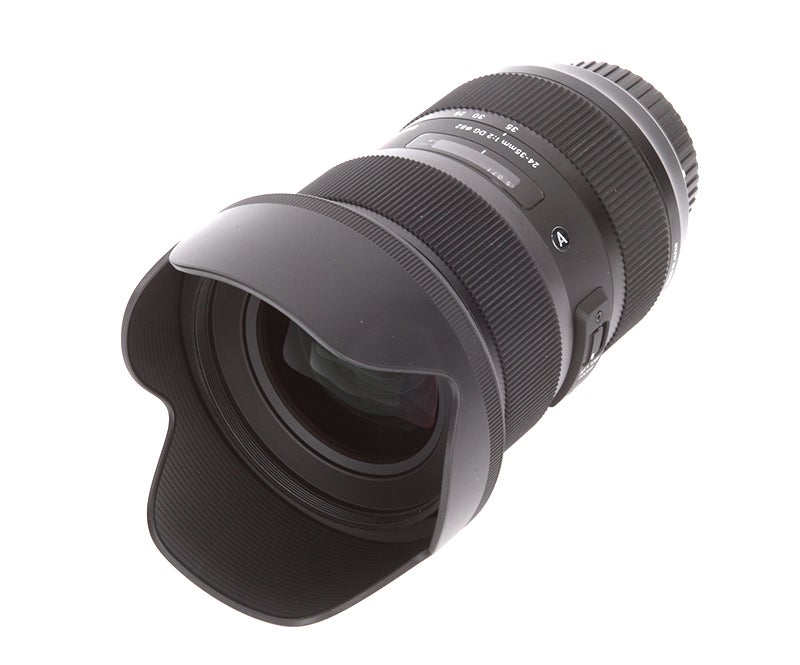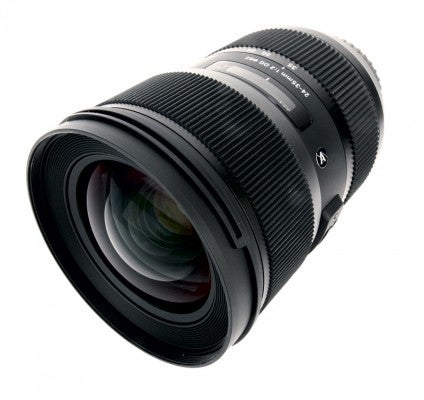Sigma’s latest optic claims the title of being the first full-frame zoom lens with an f/2 aperture, but is it a viable alternative to the manufacturer’s wideangle primes? Michael Topham finds out.
Sigma 24-35mm f/2 DG HSM A review
Features
 With a complex construction that’s made up of 18 elements in 13 groups, the 24-35mm f/2 DG HSM | A is neither a small nor a lightweight lens. It shares a likeness to Sigma’s 24mm f/1.4 DG HSM | A and 35mm f/1.4 DG HSM | A in that it features nine aperture blades, but the similarities end there. The arrangement of large-diameter aspherical lens elements, one FLD low-dispersion element and as many as seven SLD (special low dispersion) glass elements are designed to guard against aberrations, with Sigma’s super multi-layer coating counteracting any ghosting and flare.
With a complex construction that’s made up of 18 elements in 13 groups, the 24-35mm f/2 DG HSM | A is neither a small nor a lightweight lens. It shares a likeness to Sigma’s 24mm f/1.4 DG HSM | A and 35mm f/1.4 DG HSM | A in that it features nine aperture blades, but the similarities end there. The arrangement of large-diameter aspherical lens elements, one FLD low-dispersion element and as many as seven SLD (special low dispersion) glass elements are designed to guard against aberrations, with Sigma’s super multi-layer coating counteracting any ghosting and flare.
In terms of size, it’s a fairly bulky lens and is quite a brute to carry around. It tips the scales at a hefty 940g, which adds 275g more to your camera and lens combination than if you were to pair it with the 24mm f/1.4 DG HSM | A or 35mm f/1.4 DG HSM | A.
The headline feature is undoubtedly the fast f/2 aperture that’s available throughout its focal range, but there’s plenty more to comment on besides this. With a minimum focusing distance of 28cm and a maximum magnification ratio of 1:4.4, it’ll satisfy the needs of those who like to get up close and personal with their subjects, while the HSM abbreviation in its name specifies the use of Sigma’s Hyper Sonic Motor. This drives the autofocus system and offers full-time manual focusing, allowing users to adjust the focus manually at any time without the need to flick the AF/MF switch to manual first.
Being a third-party optic, Sigma produces the 24-35mm f/2 DG HSM | A in three mounts to cater for Canon, Nikon and Sigma users. Although it’s predominantly intended for use with full-frame DSLRs, there’s nothing to say it can’t be paired with APS-C DSLRs. On an APS-C DSLR with a 1.5x crop factor it covers the 36-52.5mm range, while on Canon APS-C DSLRs it’s equivalent to 38.4-56mm.






